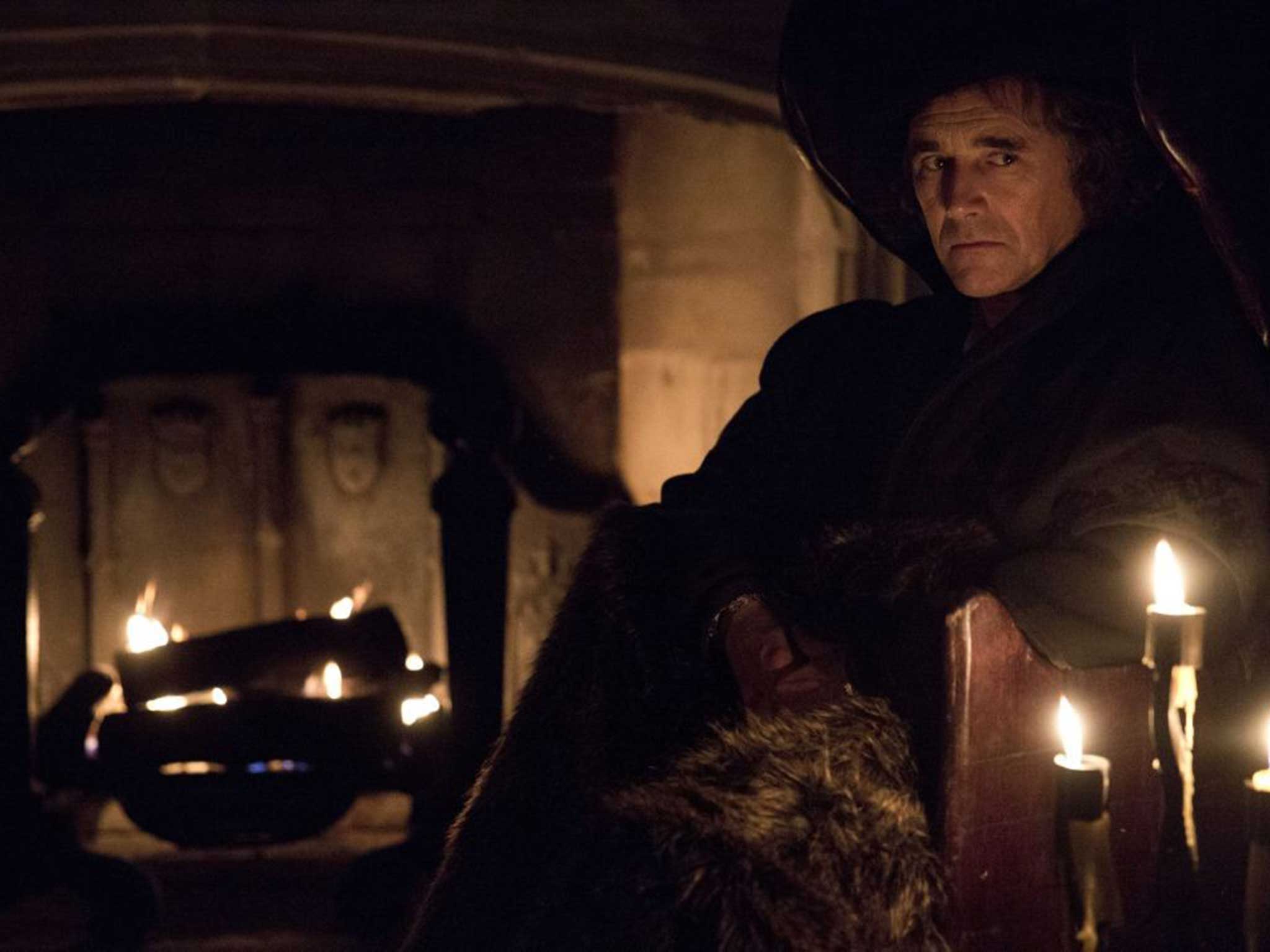New camera technology meant Wolf Hall adaptation could be shot by candlelight
Director Peter Kosminsky is known for minute attention to authentic detail

Your support helps us to tell the story
From reproductive rights to climate change to Big Tech, The Independent is on the ground when the story is developing. Whether it's investigating the financials of Elon Musk's pro-Trump PAC or producing our latest documentary, 'The A Word', which shines a light on the American women fighting for reproductive rights, we know how important it is to parse out the facts from the messaging.
At such a critical moment in US history, we need reporters on the ground. Your donation allows us to keep sending journalists to speak to both sides of the story.
The Independent is trusted by Americans across the entire political spectrum. And unlike many other quality news outlets, we choose not to lock Americans out of our reporting and analysis with paywalls. We believe quality journalism should be available to everyone, paid for by those who can afford it.
Your support makes all the difference.Hilary Mantel has praised the “visual flair” of the BBC’s adaptation of her Booker Prize winning novel Wolf Hall, which uses latest camera technology to film by candlelight in Tudor halls and country homes.
The director of the six-part series, Peter Kosminsky, who is known for his minute attention to authentic detail, used an Arri Alexa camera to film all the night-time scenes by candlelight.
“With the advent of the Alexa camera it is actually possible to shoot by candlelight,” he said. “One of the extraordinary things was to be in some of these rooms where the characters had stood and to light the rooms as they had been built to be lit – not by floodlights and space lanterns in the ceiling but by candlelight.”
He recalled one scene with Mark Rylance, who stars as lawyer and statesman Thomas Cromwell, began with six candles burning and continued when only one was still alight. “The technology has allowed us to get a level of authenticity,” he said.
Other scenes were used with a camera operator using a “body rig”, in which the camera was worn in a harness to give the viewer the impression they are witnessing the scene from Cromwell’s exact perspective.
The author said the adaptation, which features Damian Lewis as Henry VIII, had “exceeded” all her expectations, as it was revealed that the story of Henry VIII’s England was almost filmed in Belgium. Producer Colin Callender said: “There were tax advantages to shoot in Belgium originally but when the UK tax credit came into play it allowed us to shoot back here. One of the great pluses of the whole production was that finally we could afford to shoot it here.”
Wolf Hall, which will be screened on BBC2 from January, was filmed in more than 40 locations, including six National Trust sites such as Somerset Tudor mansion Montacute House.
Rylance spoke of his feelings in walking the floors of the long gallery at Penshurst Place in Kent, ancestral home of the Sidney family. “One knew that hundreds of years before Henry and Anne [Boleyn] had walked in that very room,” he said. “I was aware of that and thought one day that Anne had walked around here with Henry and looked out these windows and some of the wood surfaces are the same.”
Although the series is six hours long, Rylance said Mantel’s material was so rich that it could have sustained up to a dozen hour-long episodes. Other key roles are played by Jonathan Prye (Cardinal Wolsy), Claire Foy (Anne Boleyn), Anton Lesser (Thomas More), Joanne Whalley (Catherine of Aragon) and Mark Gatiss (Wolsey’s secretary Stephen Gardiner).

Watch Apple TV+ free for 7 days
New subscribers only. £8.99/mo. after free trial. Plan auto-renews until cancelled

Watch Apple TV+ free for 7 days
New subscribers only. £8.99/mo. after free trial. Plan auto-renews until cancelled
Mantel advised Kosminsky to remember that the characters “do not know that they are in history”, he said. “Henry doesn’t know he is going to have six wives and Anne doesn’t know her end.” He said he shot the piece “exactly as if shooting a contemporary drama today”.
The author said she was pleased that the television drama had avoided “the romantic clichés of the genre” and had demonstrated “wit and style and heart”. She said she believed the characters were so well played they would have been recognisable to Holbein, the great portrait painter of Henry’s court. “My expectations were high and have been exceeded,” she said.
Join our commenting forum
Join thought-provoking conversations, follow other Independent readers and see their replies
Comments